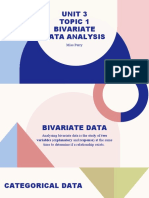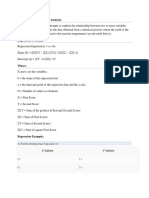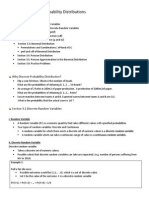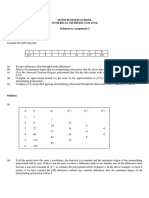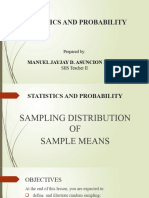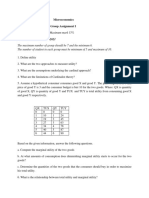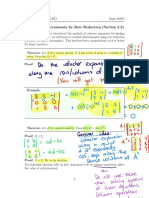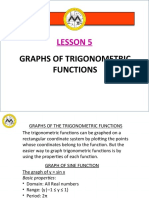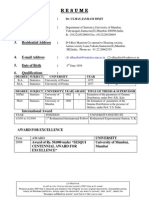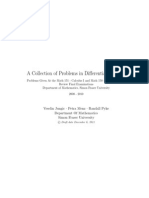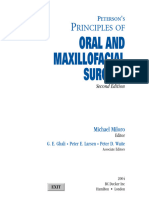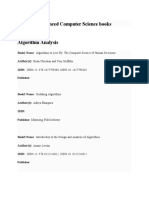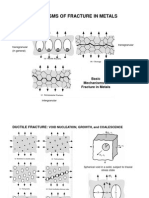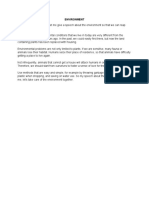0% found this document useful (0 votes)
209 views46 pages04 Linear Dependence and Independence
The document discusses linear independence and dependence through examples of sets of vectors. It defines linear independence as having only the trivial solution and linear dependence as having non-trivial solutions when the vectors are multiplied by scalars and set equal to zero. It also discusses using the determinant to determine if a set of vectors is linearly independent or dependent.
Uploaded by
FLORES, ALLYZA MAE B.Copyright
© © All Rights Reserved
We take content rights seriously. If you suspect this is your content, claim it here.
Available Formats
Download as PDF, TXT or read online on Scribd
0% found this document useful (0 votes)
209 views46 pages04 Linear Dependence and Independence
The document discusses linear independence and dependence through examples of sets of vectors. It defines linear independence as having only the trivial solution and linear dependence as having non-trivial solutions when the vectors are multiplied by scalars and set equal to zero. It also discusses using the determinant to determine if a set of vectors is linearly independent or dependent.
Uploaded by
FLORES, ALLYZA MAE B.Copyright
© © All Rights Reserved
We take content rights seriously. If you suspect this is your content, claim it here.
Available Formats
Download as PDF, TXT or read online on Scribd
/ 46




